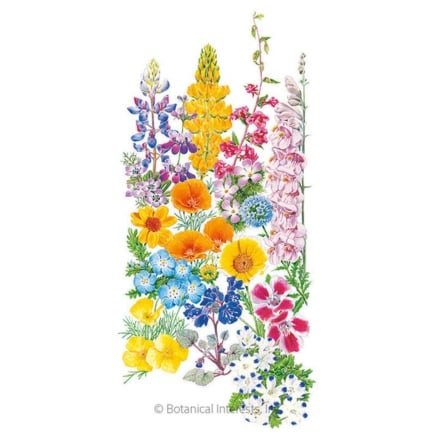Dahlias are the total floral package, able to add drama, elegance, and whimsy depending on the flower form. In the summer display, they’re stunning specimens and make showy cut flowers. Beautiful, large blooms in an array of colors and petal arrangements make them a garden standout.
The flowers range in size from tiny pompons to large dinner plates. Their nearly perfect petal arrangements create symmetrical and varying forms. The American Dahlia Society characterizes dahlias in groups like Decorative, Ball, Orchid, and Cactus, all based on petals and shapes of intricate symmetry.
These flowers grow well as annuals, growing quickly in a single season. Pair them with geranium, agastache, salvia, asters, coneflower, and spring-blooming bulbs. They grow best in full sun with evenly moist, well-drained soils. While they tolerate partial shade, full sun increases plant vigor and flowering. These bulbs are toxic to dogs and cats, so keep them out of range of curious pets.
Bees, butterflies, and hoverflies flock to dahlias with open centers for their nectar and pollen. Over forty recognized species exist, each with architectural blooms for outstanding beauty. Here, we’ll explore the dynamic forms that classify dahlia types.
Variable Bloom Sizes
Dahlias occur in a range of sizes, from micro to giant. Like form, size is another feature that characterizes and distinguishes the flowers. Dinner plate dahlias, for example, are giant, with blooms that measure more than ten inches across. Micro-sized selections feature small flowers and more diminutive growth habits that are perfect for bedding and border arrangements. These six dahlia forms contain plants across the size categories.
Formal Decorative
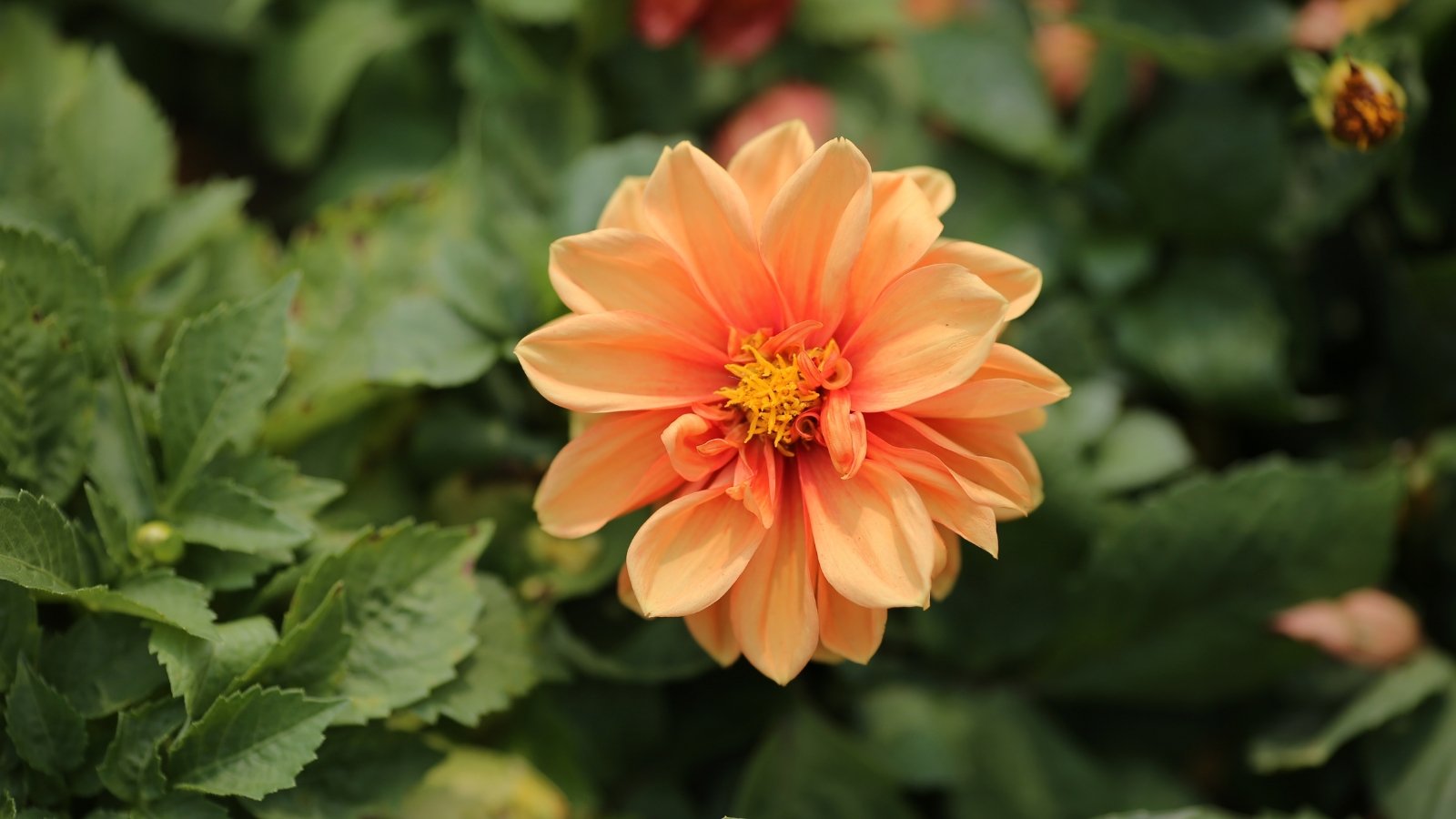
While there are fewer varieties among the Formal Decorative designation, they’re a favorite for floral designs. They have showy, uniform faces—perfectly symmetrical—in a diversity of shades from pink blush to crimson.
Smooth florets line the arrangements, with too many to count. Flat and broad, the ray florets naturally curve backward toward the stem.
Formal Decorative types represent the signature attributes we associate with dahlia blooms: full flower heads, dynamic form, and perfect symmetry in saturated hues.
Informal Decorative
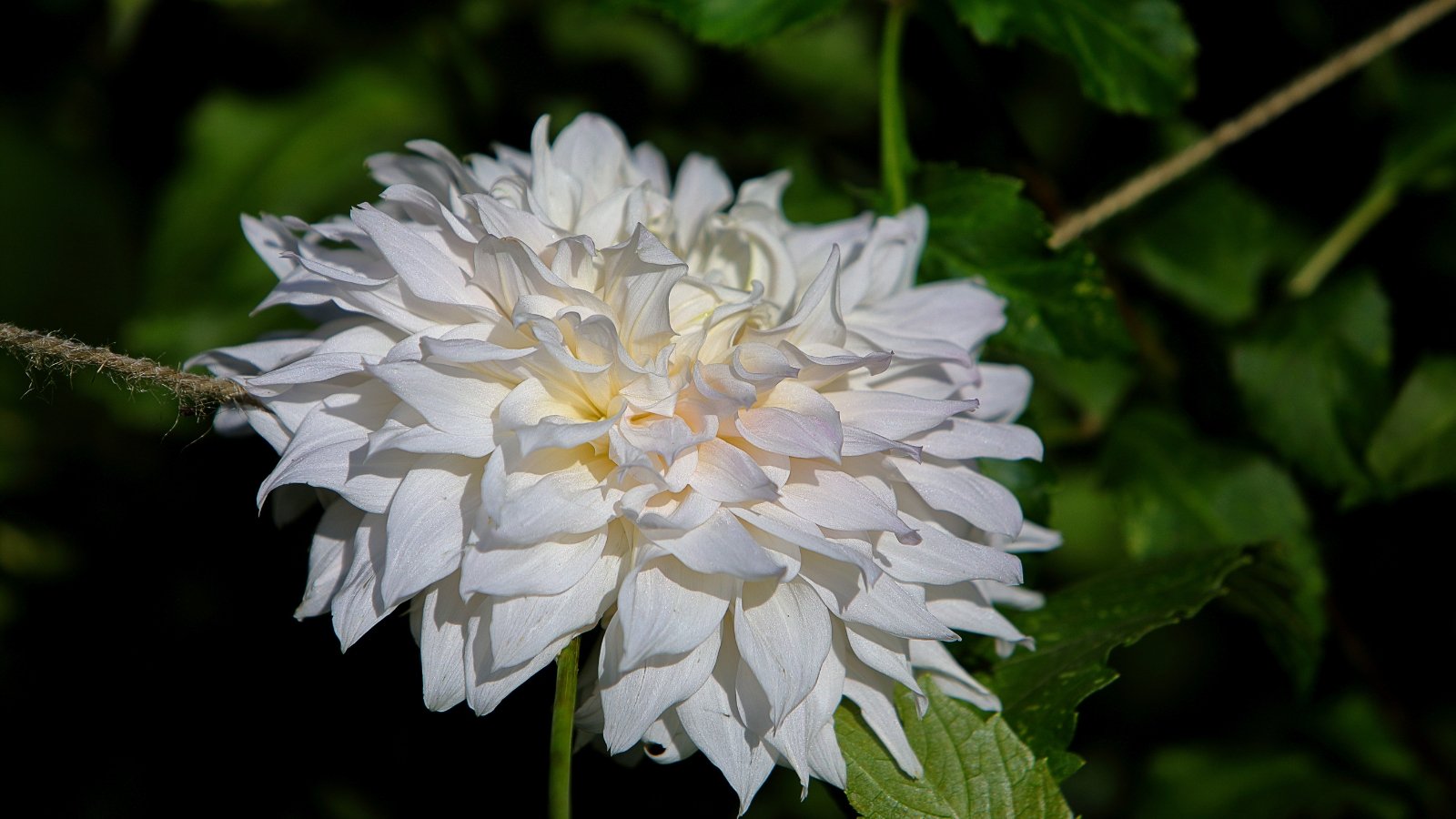
The informal complements the formal. Informal Decorative dahlia types mix up the uniformity of arrangement. They add a bit of flair and whimsy while maintaining an elegant structure.
Petals are the same size but curl, twist, and wave seemingly willy-nilly. The arrangements are irregular, with a twisty floret neighboring a curly one. The tightly packed nature of the flower heads and uniform petal size contain the delicious mayhem.
The rays may slightly curve backward or toward the face, adding a dimensional element among the waves. The look is more billowy and loosely lush than the stylized Formal Decorative.
Cactus, Semi-Cactus, and Incurved Cactus
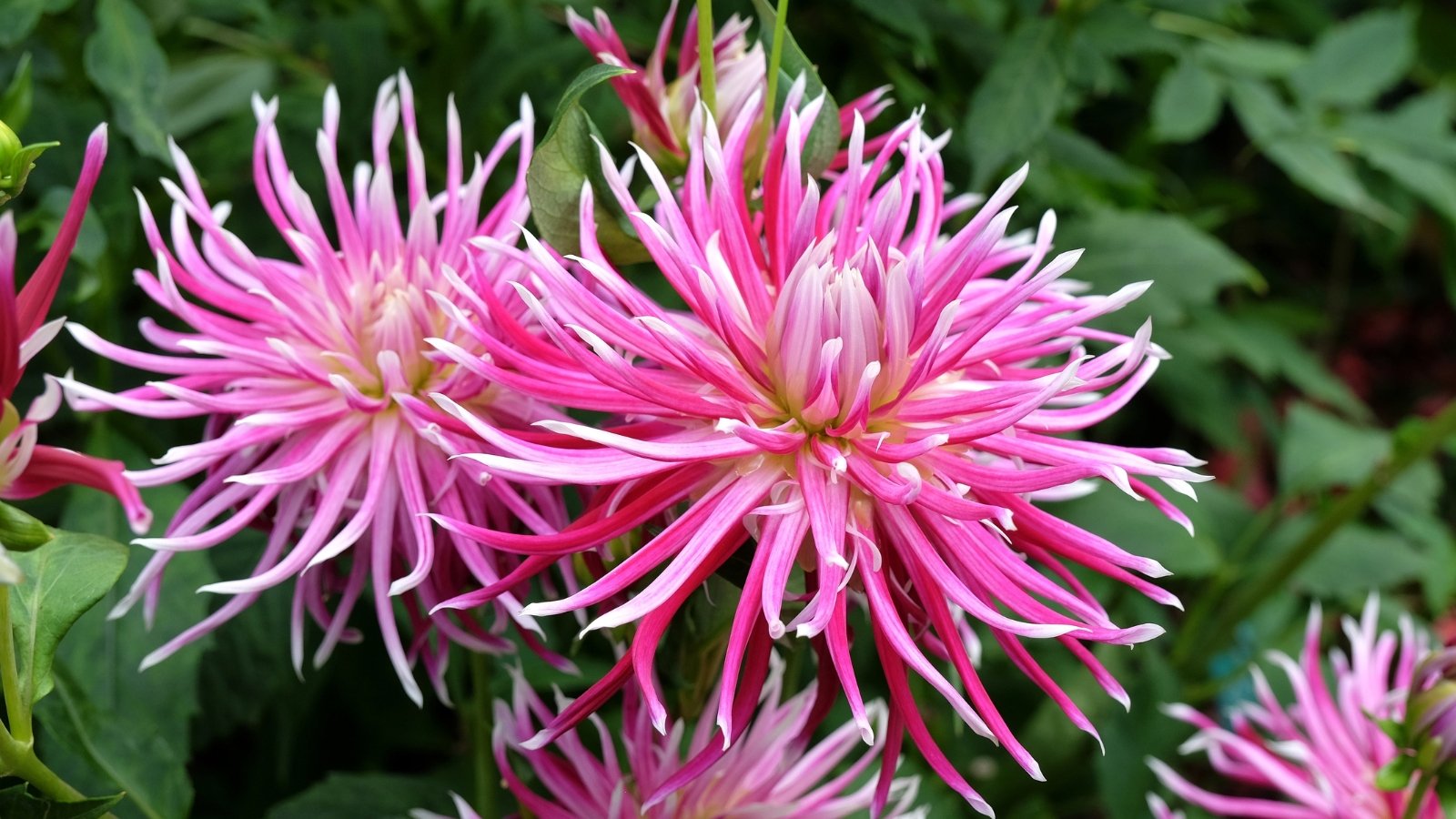
Cactus dahlia types bring out-of-this-world form to the stem. With a wild parent of unknown origin, Dutch hybridizer J.T. Van der Berg attempted to grow a struggling seedling from a damaged shipment sent to him from Mexico in 1872. From viable roots emerged an early Cactus type previously unseen in the genre.
Cactus
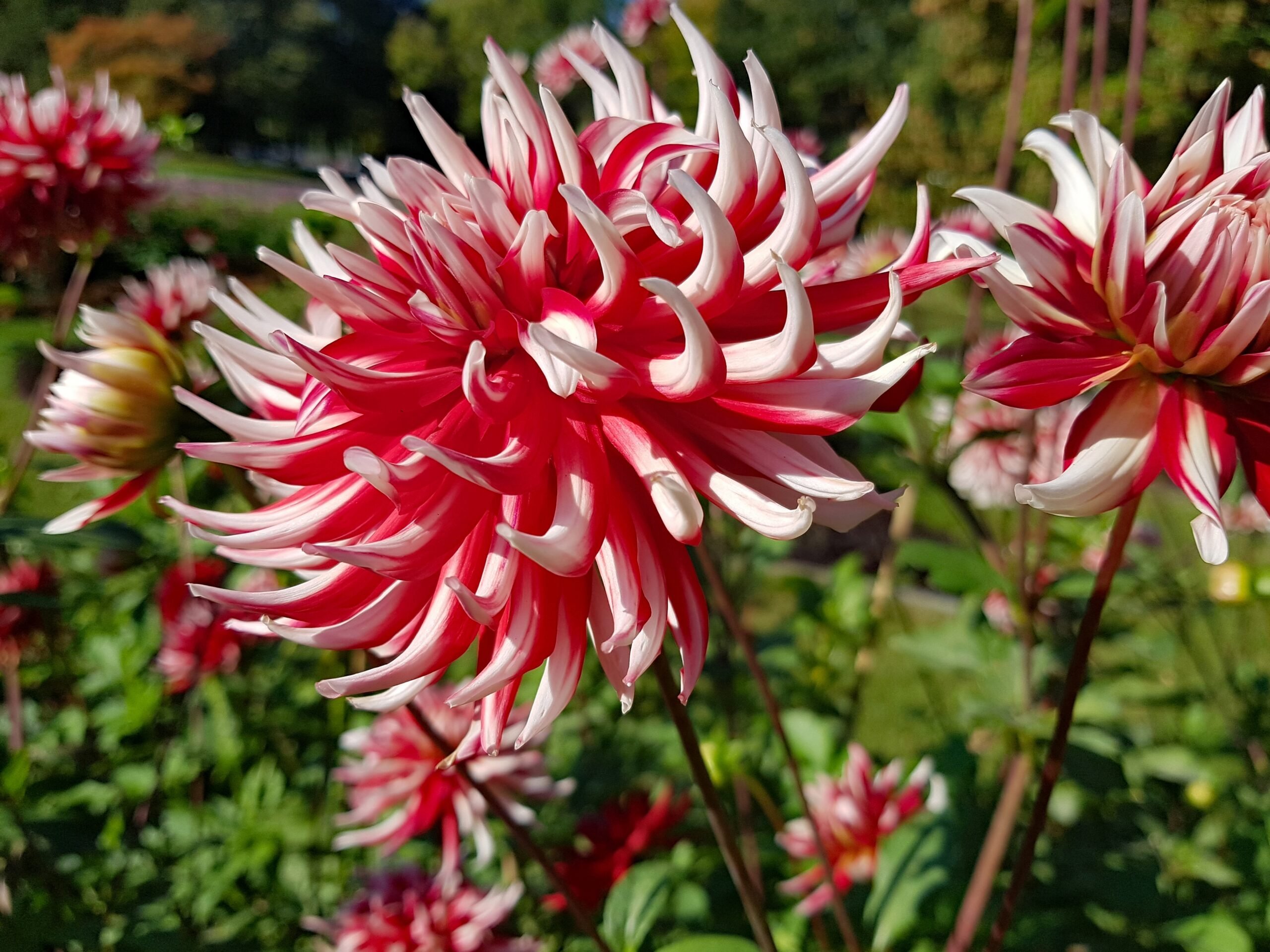
Cactus types fit their title with the petal effect of a prickly cushion. Narrow, spiny-looking petals emerge uniformly from the center. Each one is long, tubular, and rolled along its entire length.
High, pointed tips dot the ends and curve backward and bow in the center. They are the same size and length. With textural interest, inflorescences resemble the spines of its namesake.
Semi-Cactus
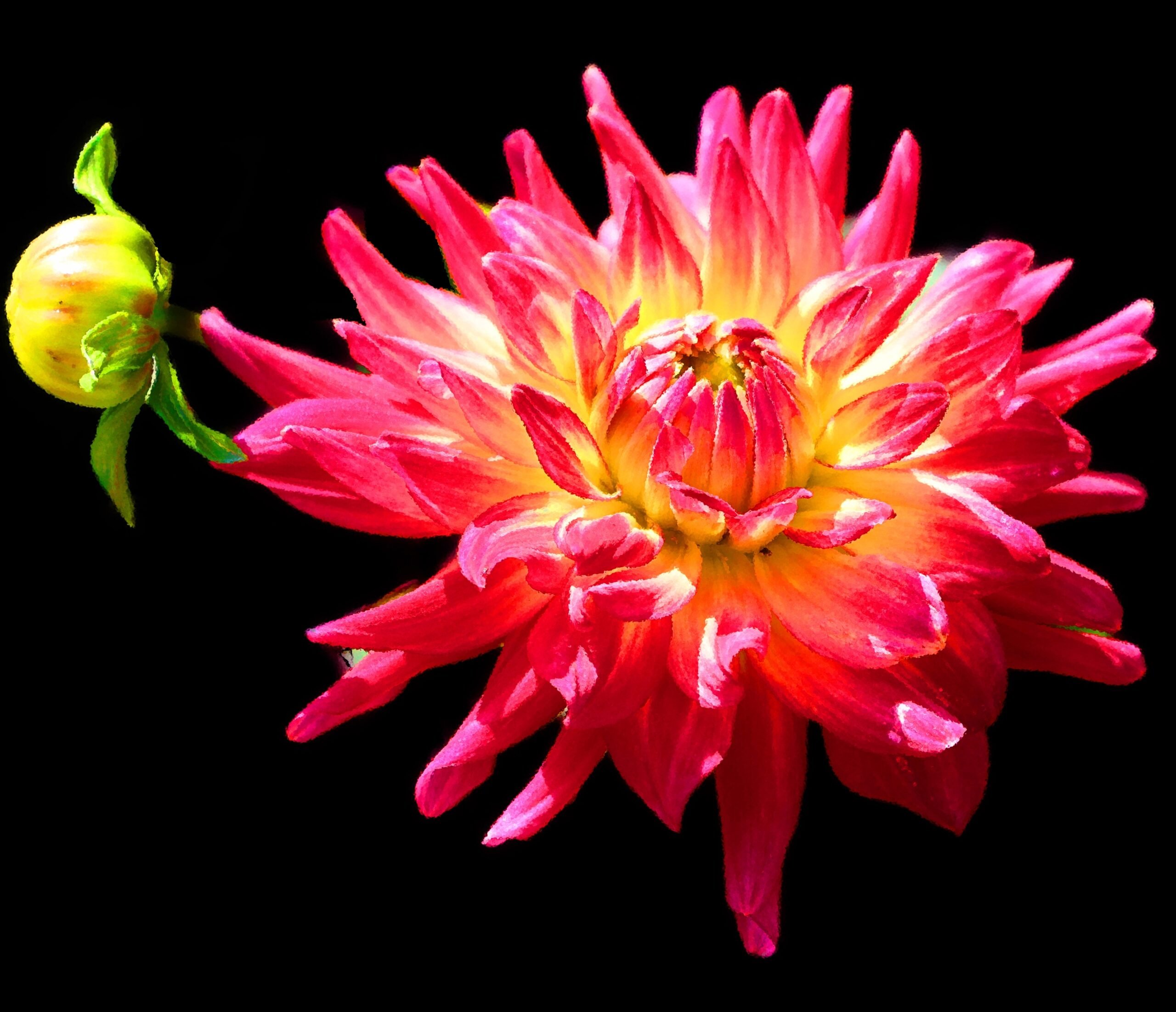
Semi-Cactus is a form classification for those that resemble cactus but are more broad at their base. Unfolded and open bases give way to rolled edges halfway up the petal.
Flowers have an overall softer appearance among the full, symmetrical whirls. The slender, folded tips maintain the spiny look.
Incurved Cactus
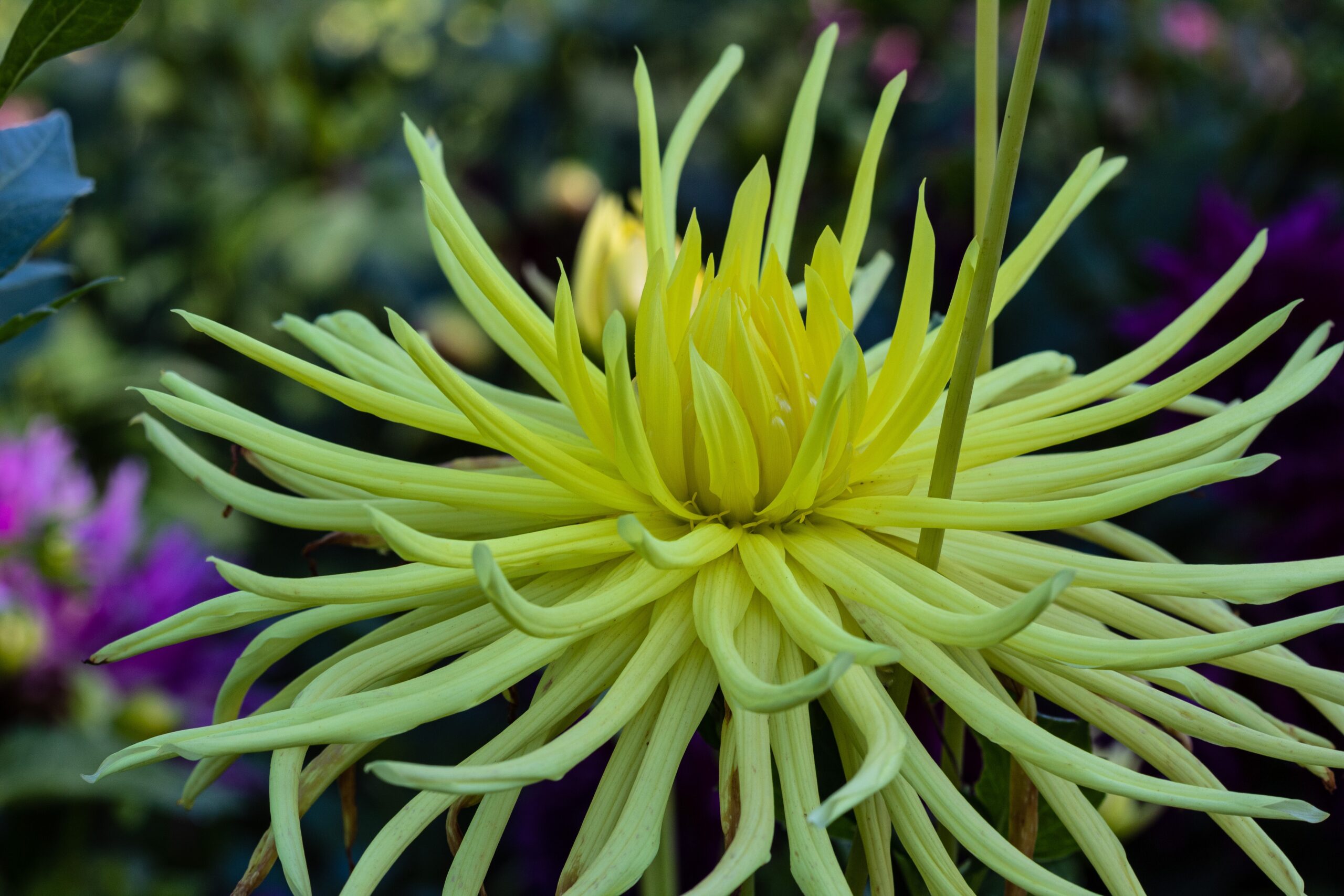
Incurved Cactus forms fold upward and toward the center of the plant. Narrow but still uniformly sized, they curve upward and arc downward, resulting in a rounded shape with a pointed, needled look.
Laciniated
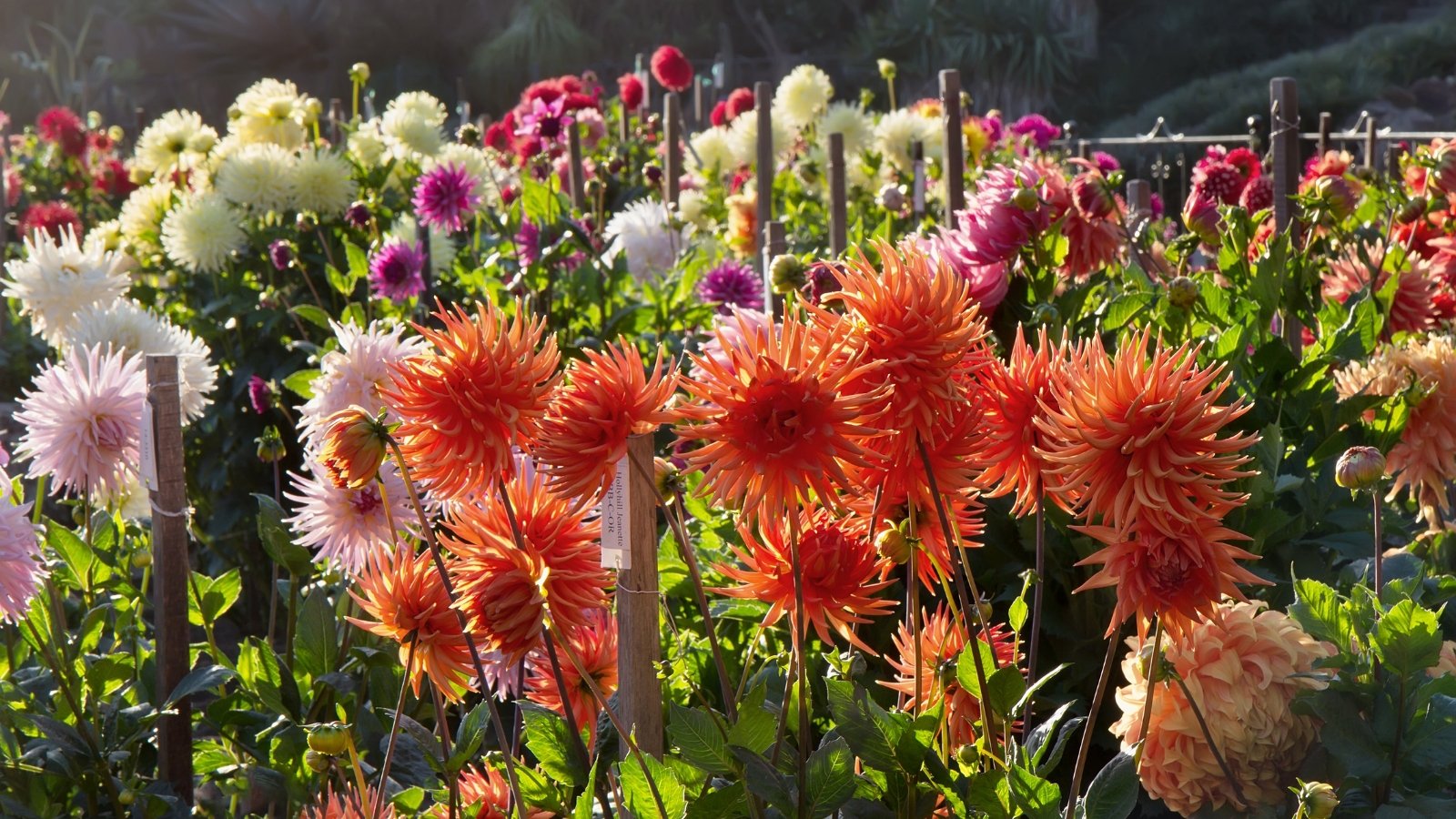
As with all the forms, Laciniated blooms are distinct among the group. Petals have threadlike splits on their tips, resembling a gentle fray.
The flared appearance lends the otherwise dense flower heads a fringy, feathery look. The delicate detail loosens the thigh habit. Because of the thin splits, they may be sensitive to weather damage during heavy rain and wind.
Specific Bloom Sizes
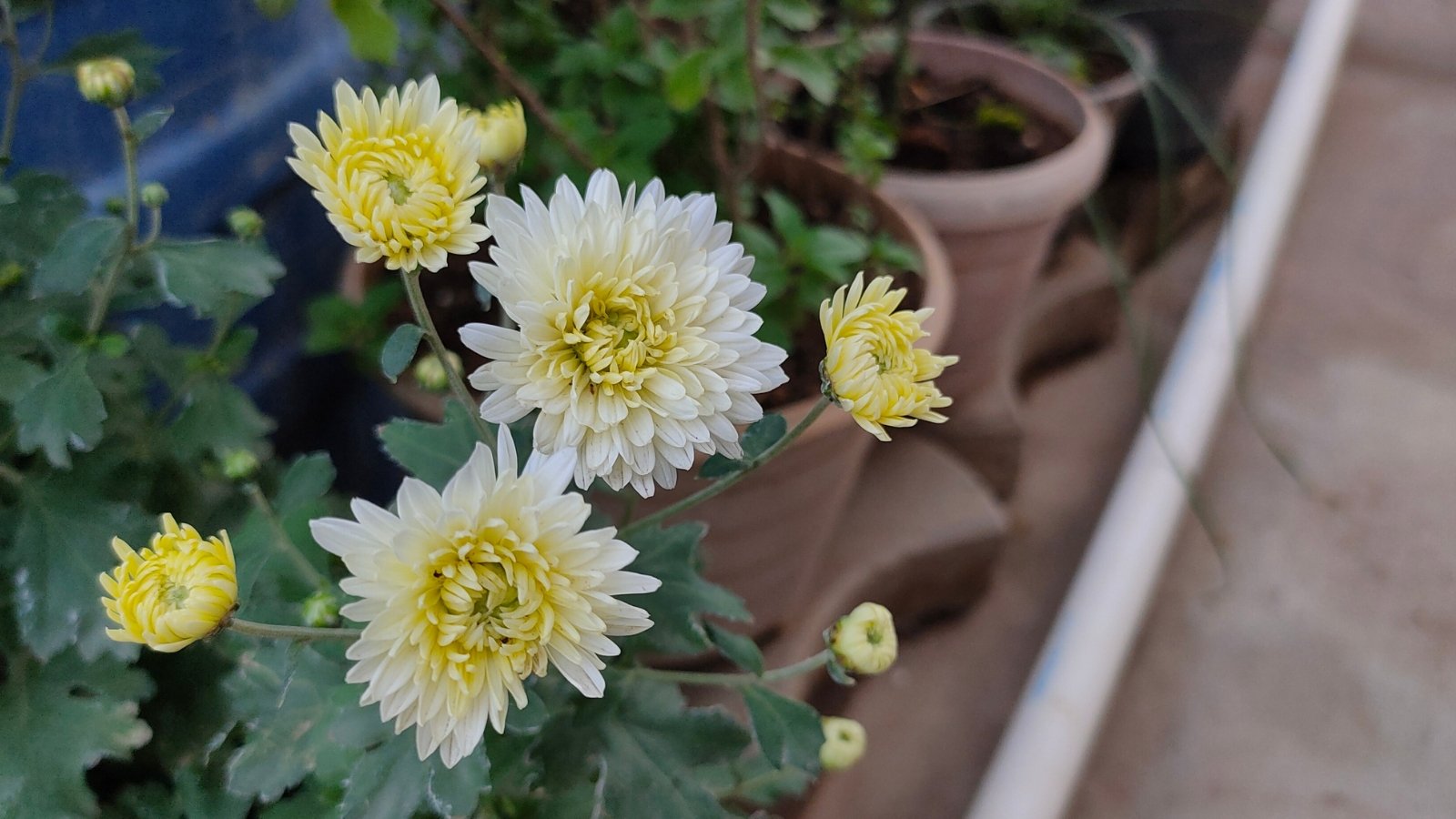
While the first form types on our list hold a variety of flower sizes, the bulk of dahlia forms contain size-specific blooms. Aside from Ball, Miniature Ball, and Pompon forms, the others listed below contain standard and micro sizes.
The standard bloom size for each form is a flower that reaches two inches or more in diameter. Micro versions of the form have blooms under two inches across.
The forms contain single and double flowers. Single-flowered forms include Collarette, Orchid, and Single. Double-flowered selections include Formal Decorative, Informal Decorative, and Cactus.
Ball, Miniature Ball, and Pompon
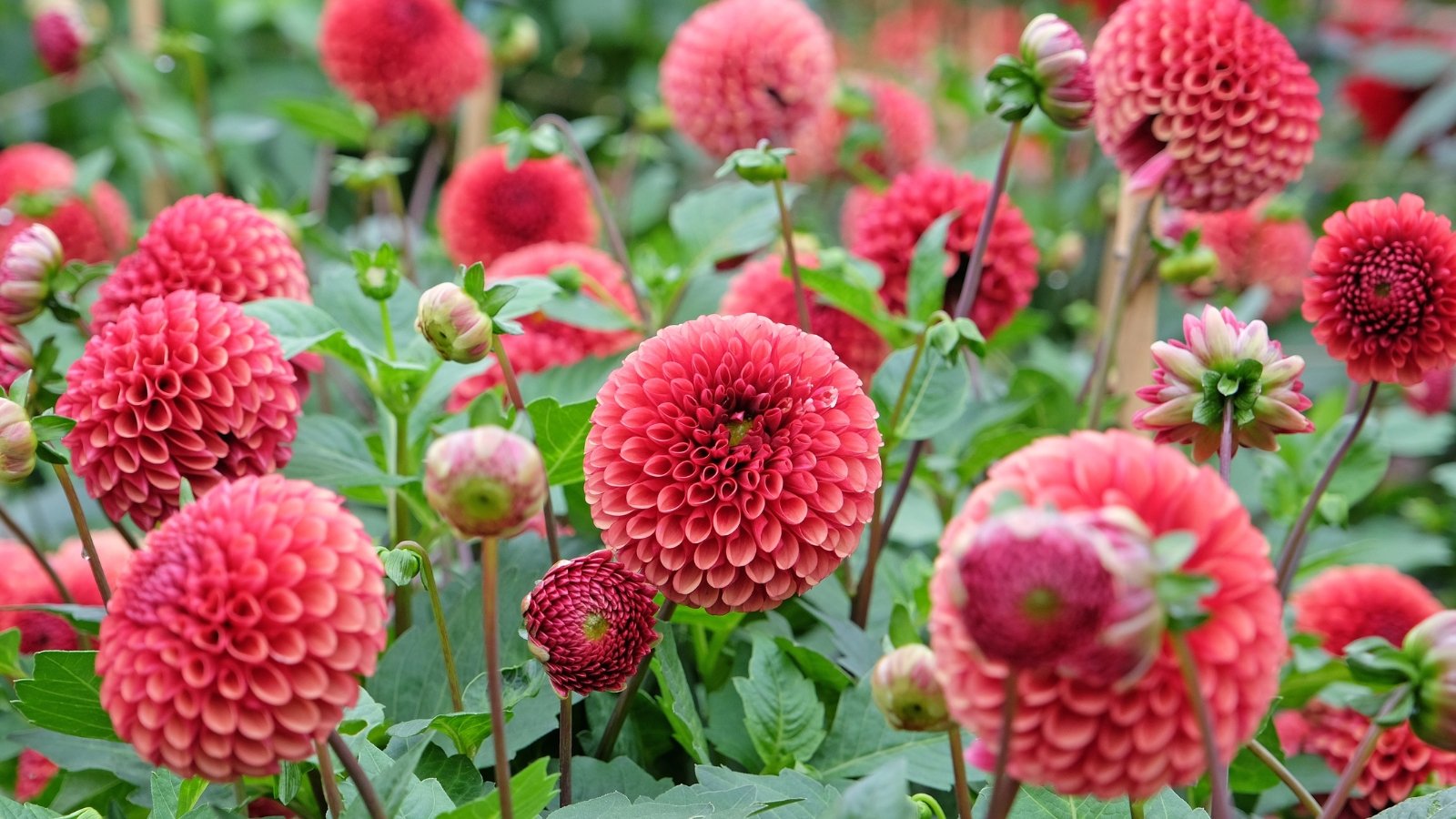
The Ball form is unmistakable, with perfectly globe-shaped blooms. Petals extend and open outward (reflex) toward the stem, creating the spherical effect.
These are among the longest-lasting flowers. The strong, small forms withstand wind and heavy summer rains.
Each little petal is a curled cup. Depending on the cultivar, they lead to a rounded or flat tip. Medium in size, Ball flowers measure over three and a half inches. They’re more broad and flat with looser rounding than Miniature and Pompon types.
Miniature Ball dahlias are smaller, more compact, and more rounded than Ball dahlias. They measure between two and three and a half inches in diameter.
Pompon, one of the most adorable forms, has perfect spheres that measure two inches or less. Densely packed and tightly curved petals curve inward for a cup and reflex with round precision.
Stellar
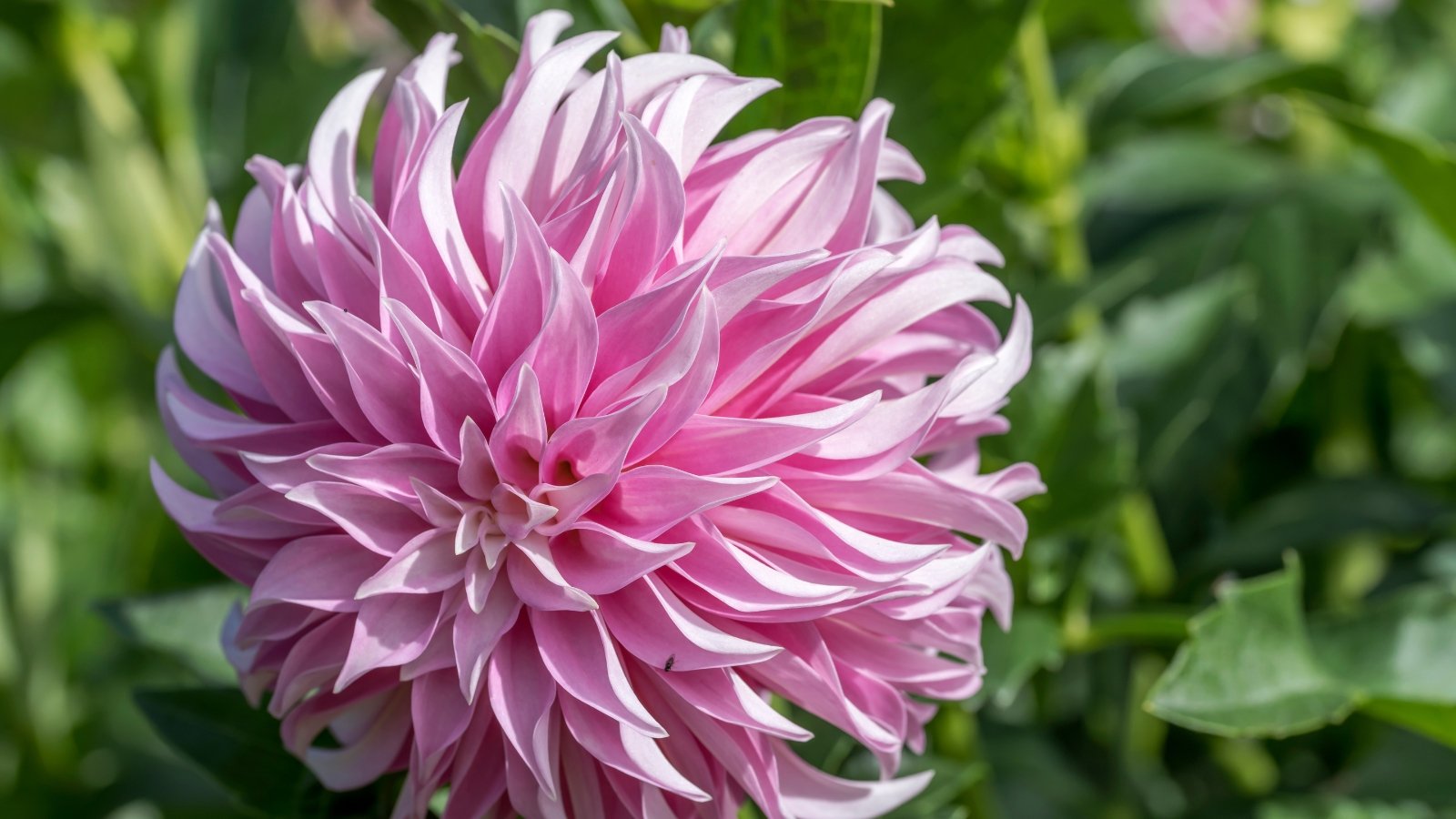
Of all the dahlia types, stellar forms are the most celestial. The starburst of long, narrow, rolled petals offers a textural, full flower. Petal tips are star-pointed. Each floret has a little space between it and its neighbors as they “burst” from the center.
The bundle of slender petals curves toward the stem. Stellar resembles a spider mum but with thick, tightly rolled blossoms.
Waterlily
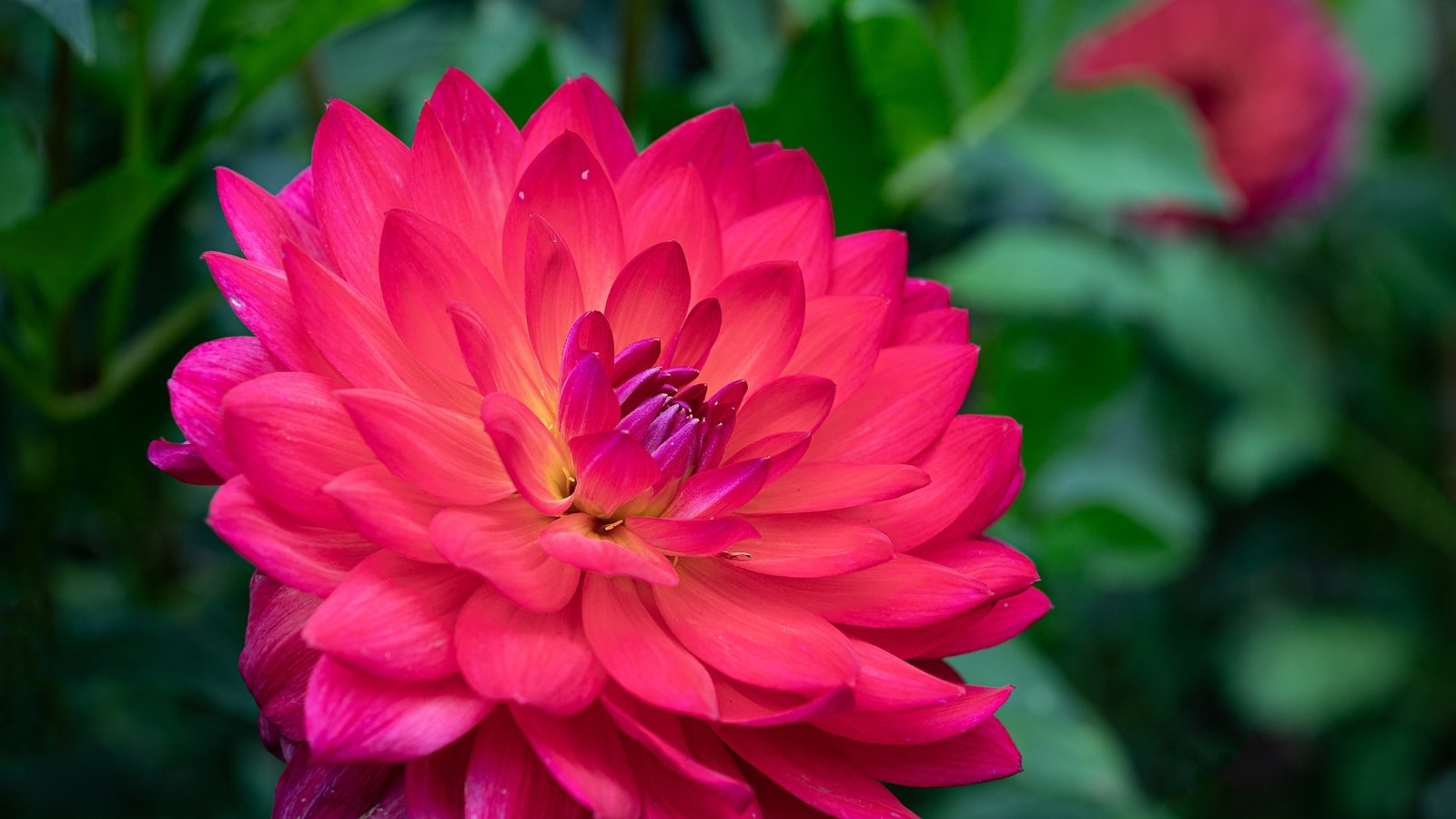
These beauties float on air, not water, for a vertical form of the statuesque water lily. The exquisite arrangements hold cupped florets with rounded tips.
The whole flower is flat, slightly cupped, or saucer-shaped in profile. Perfect Waterlily forms contain four to seven rows of petals. Micro Waterlily blossoms (less than two inches across) may contain fewer rows.
Novelty Fully Double
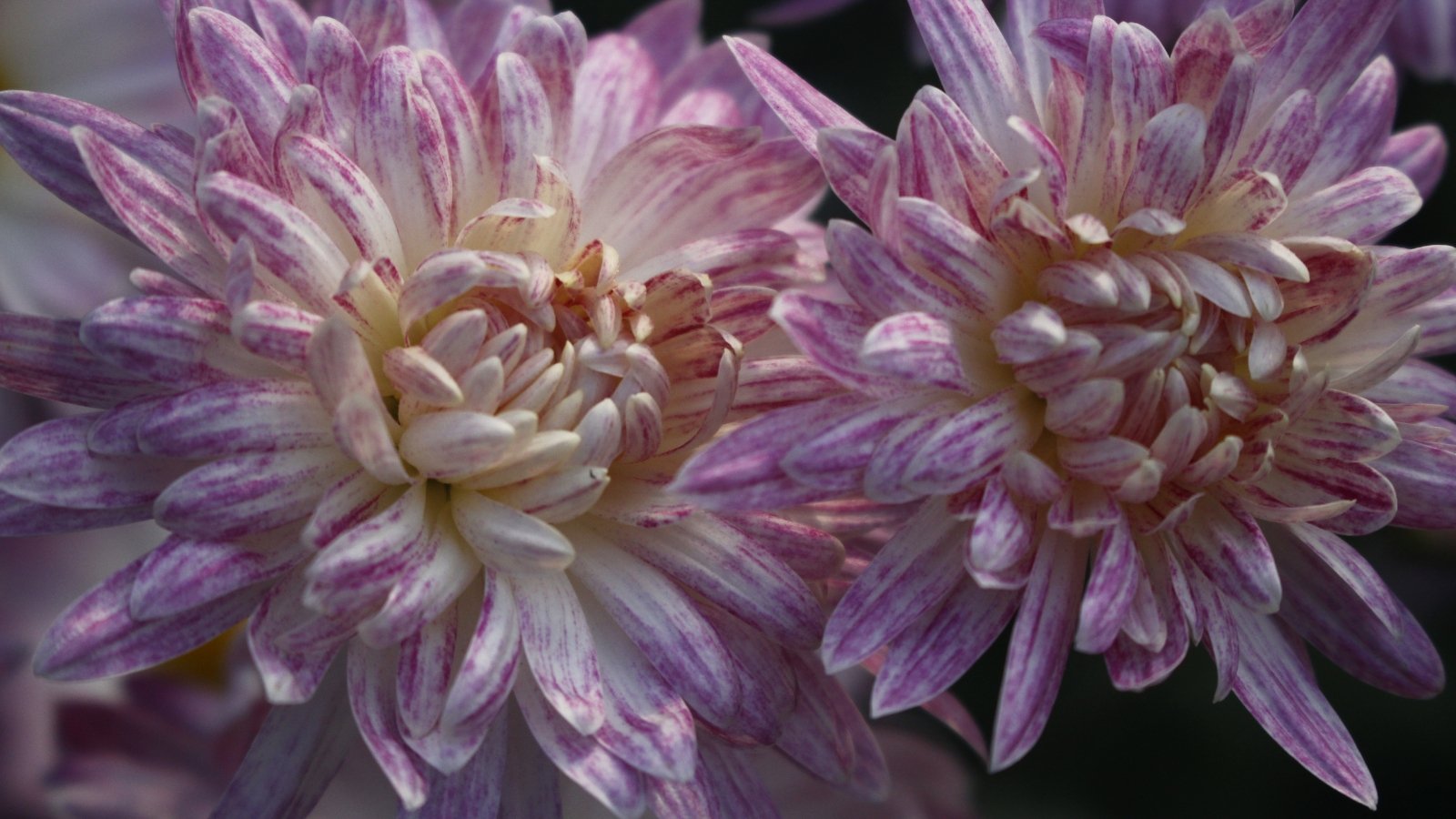
Anything goes with Novelty Fully Double cultivars. Well, almost anything. This is a distinct classification among flower forms that don’t strictly fit into other types but bear specific overlapping characteristics.
To classify as Novelty Fully Double, the flowers must have closed centers. They’ll be symmetrical, with petals tightly closed around centers. They each have the same length, width, and shape.
Peony

This lovely classification resembles a tighter version of the garden-favorite peony bloom. It delights peony and dahlia enthusiasts alike. The large flowers house broad florets with two to five rays around an open center. Slightly cupped petals emerge in a flat arrangement.
Like open-center peonies, the showy Peony dahlia centers contain tiny florets that draw bees and butterflies.
Anemone
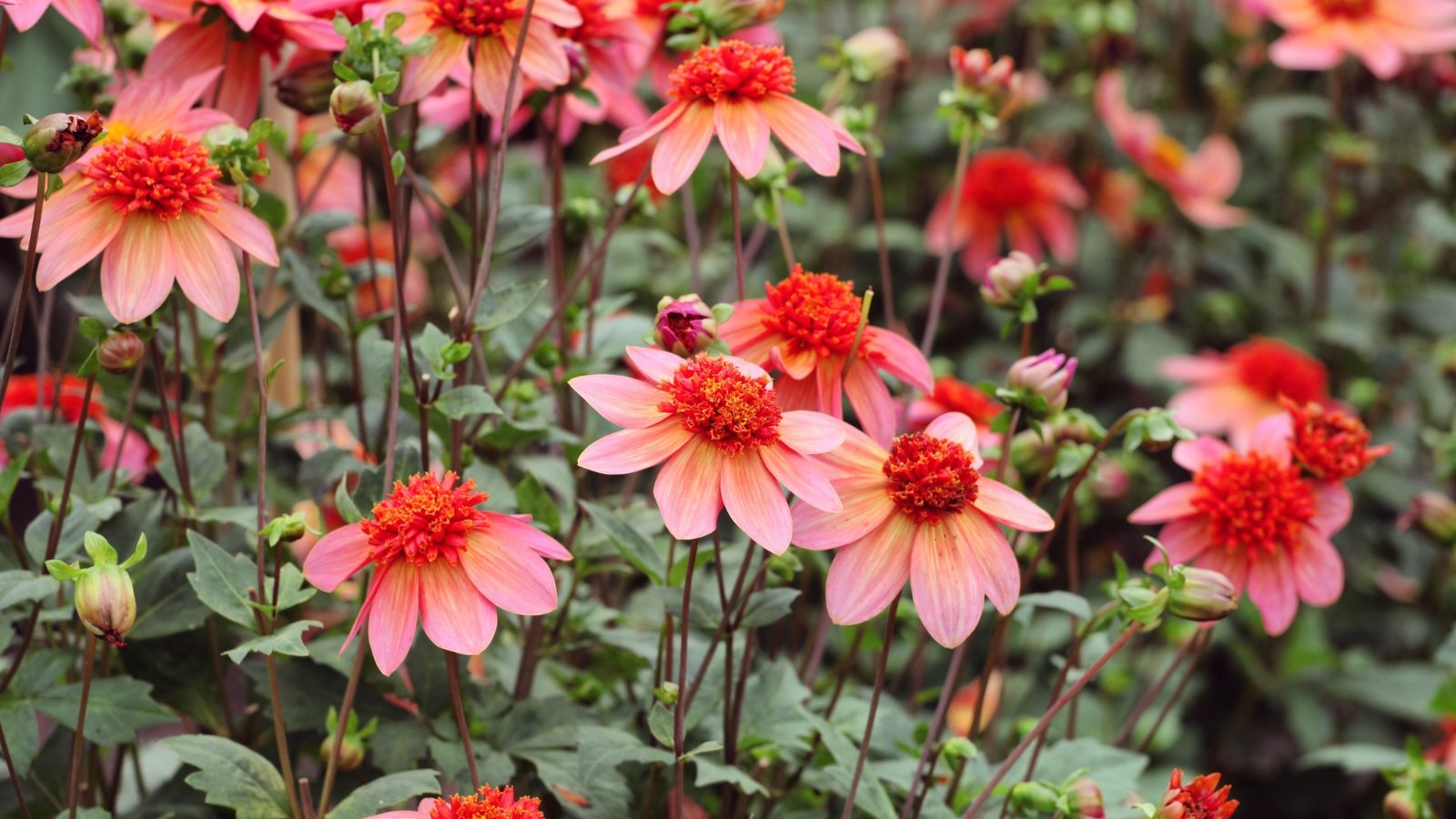
Anemone forms stand out among varieties, with large, domed centers as the floral’s dominant feature. One to two rows of tubular petals surround the central dome. Rather than curled and narrow rays, Anemones are elongated, flatter, and more broad disks.
The overall look is a pleasing balance of floral cheeriness in uniform patterning around the fuzzy centers. The central pincushion of dainty florets appears in vivid colors, contrasting the surrounding daisy-like rays beautifully.
With a pinwheel effect, Anemone brings a swirl of whimsy among tidy blooms.
Novelty Open
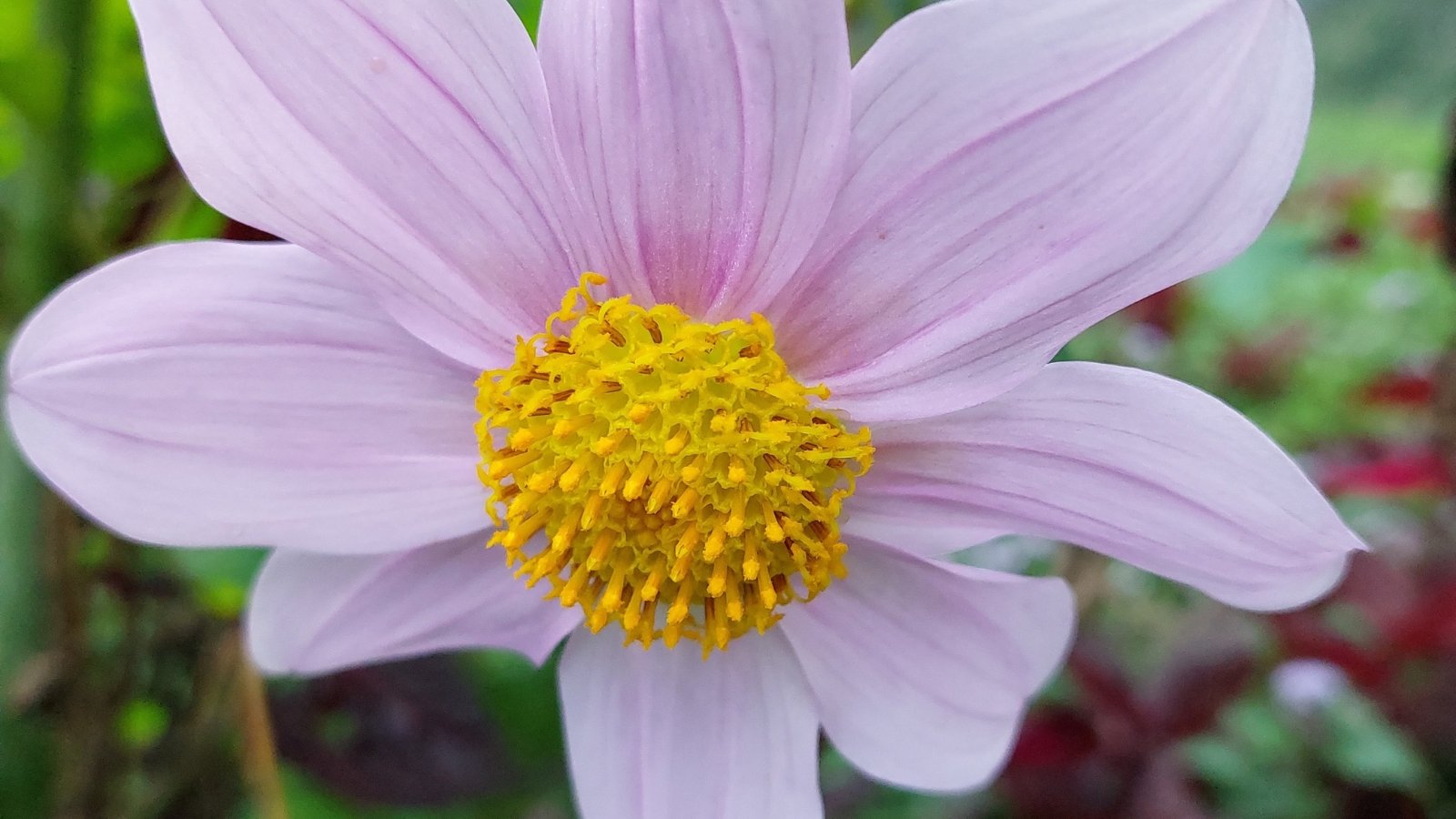
This form is entirely fun. Like Novelty Full Double, this designation holds distinctive, unique forms. The difference is that flowers have an open center. The petals don’t tightly cover centers and may or may not have fully symmetrical arrangements.
Novelty Open brings flair and variation to the selections. They delight pollinators, too, who flock to dahlias with exposed pollen and nectar florets.
Collarette
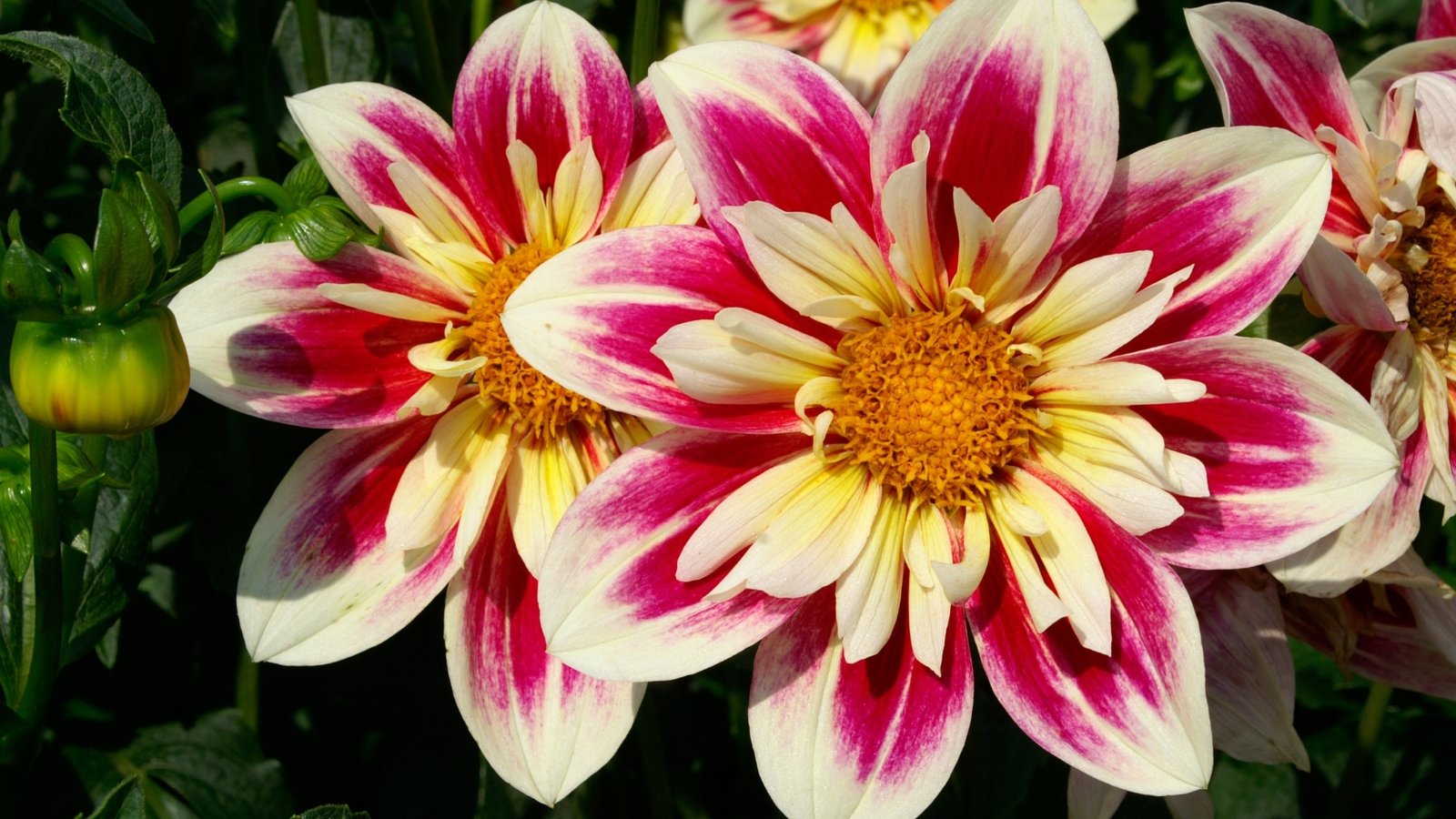
Collarette is a striking single-flowered selection. This dahlia type yields layered flowers that appear simple and delicate, with an open face, sweet details, and a clean shape in the landscape.
Flowers have open centers surrounded by a layer of petite petals. This layer creates a “collar” around the centers. A larger outer row of flat or slightly cupped rays support the arrangement. This single row is flat arranged, with eight petals representing the ideal platform.
Collarette resembles Anemone, with the added detail of the collared florets cushioning the centers. These are elegant and refined selections.
Orchid and Orchette

Orchid forms bring wild contrast. A single row of narrow, uniform petals emerges from a pronounced, fuzzy center. Thin petals roll to create a delicate and starry look, like an orchid or spider flower.
Eight petals are again the benchmark for exquisite florets and indicate the best blooms. With delicate flowers and a typically smaller growth habit, this is a fitting selection for small spaces or containers to feature unusual blooms. With ‘Cartwheel’ varieties, the blooms may just spin through the garden.
Orchette resembles Orchid and Collarette. A smaller collar above the outer layer ruffles just beneath the center. Quilled types roll into a pointed tip.
Single
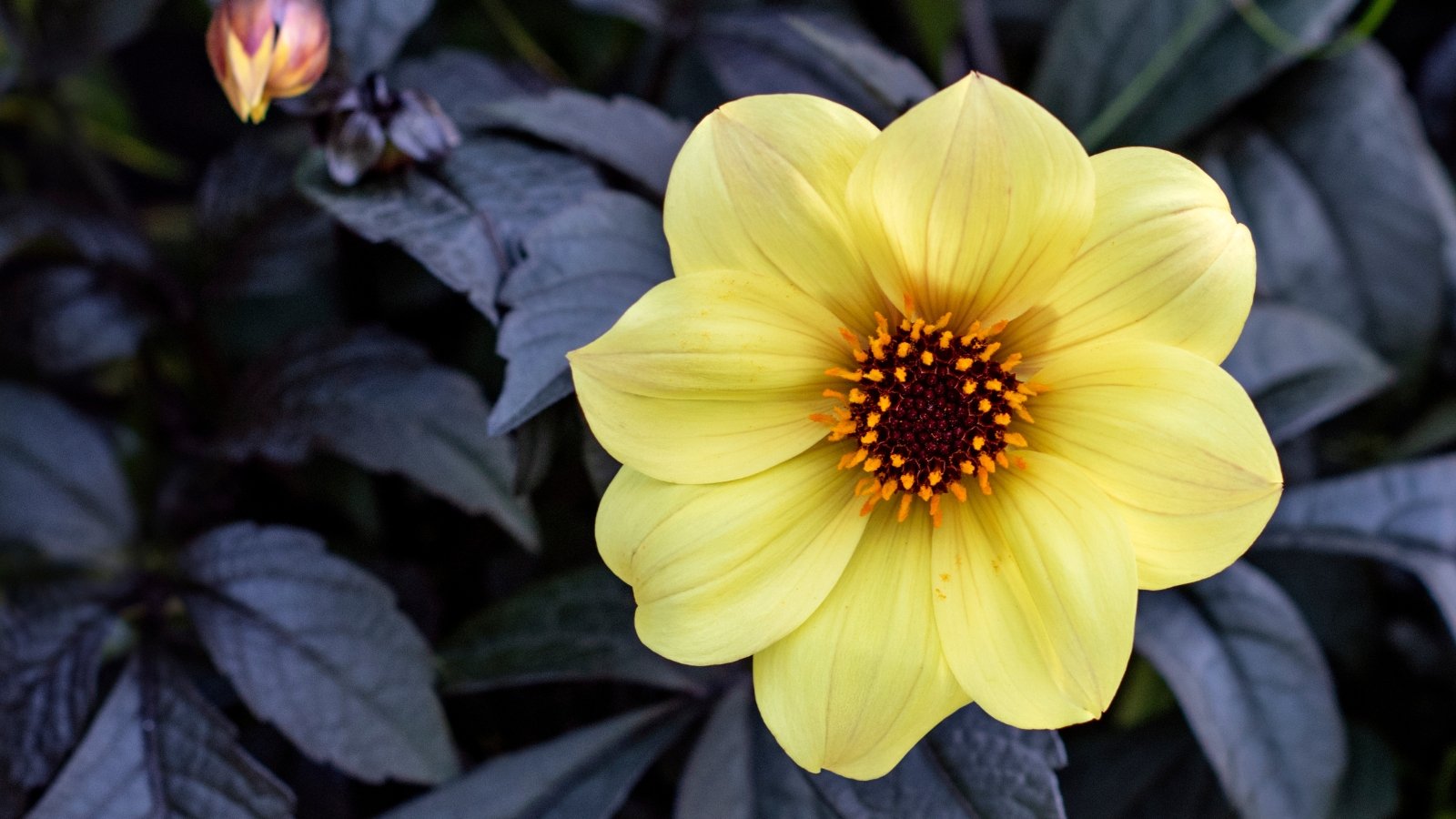
Single dahlia types boast cheerful, artfully arranged petals in a single row around open disks. They overlap in the same direction, with no gaps in between.
The daisy-like forms have rounded tips. From bright, bold pinks to lovely peaches and creams, the multi-toned blooms enliven the summer display.
Frequently Asked Questions
Form refers to the flower’s shape and characteristics. Flowers with specific traits and attributes match a designated form. Those with unique or distinct features are given the “Novelty” form, with closed or open centers.
Due to heavy hybridizing, dahlias achieved selected forms. The first writings on dahlias originated in 16th-century Mexico, with garden popularity rising in the 17th century. Cross-pollination and cultivation for specific traits and floral qualities developed into varying forms. The American Dahlia Society characterizes the species and varieties by form.
Single-flowered dahlias include Collarette, Orchid, Orchette, and Single, including micro types.
Double-flowered selections include Informal Decorative, Formal Decorative, and Cactus.


